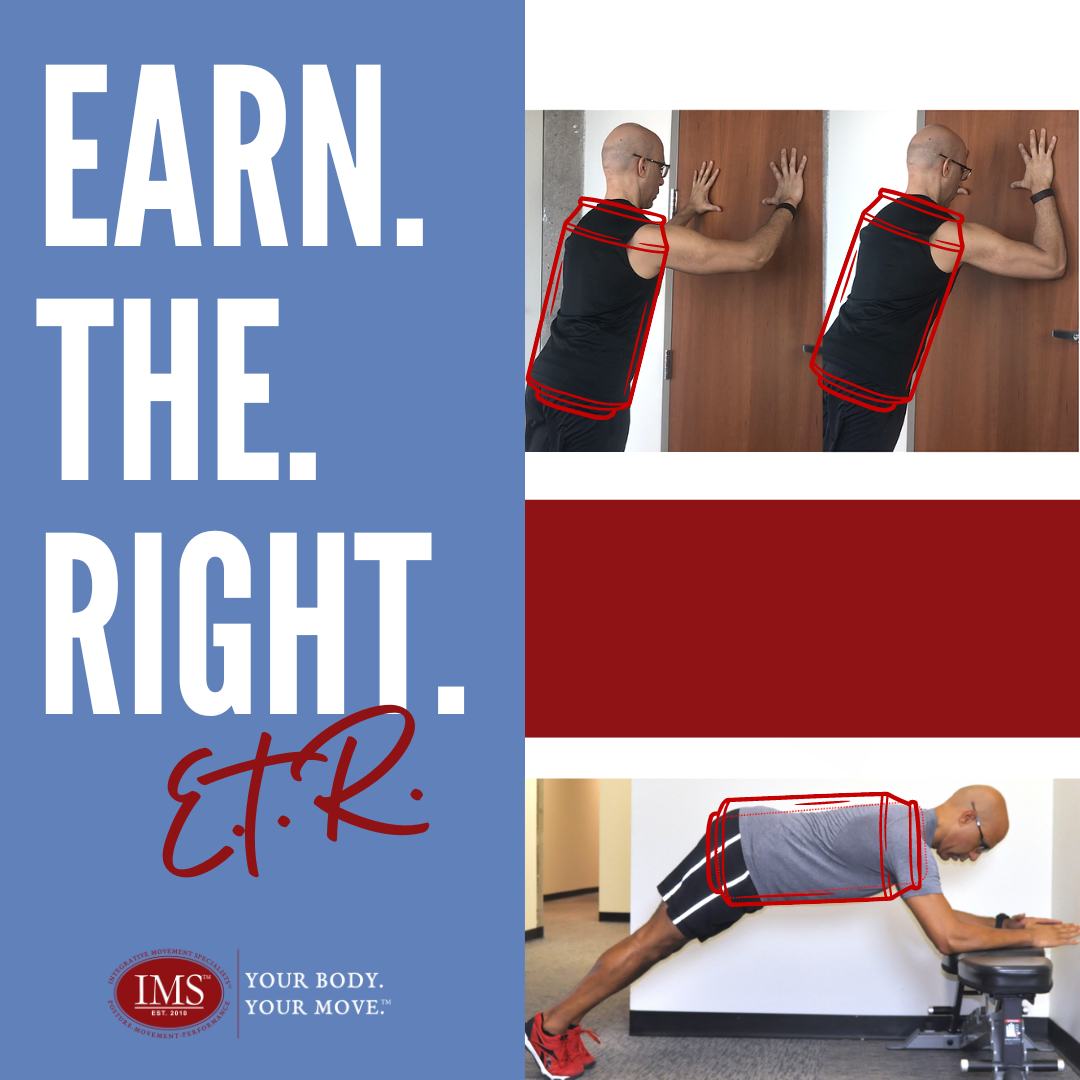Blog
Bad Posture? Simple Things to Improve Your Posture.

Have you ever done something and thought, I am making this harder than I need to or think there has to be an easier way to do this?
Many of us make posture harder and use way more effort than we need to use.
Here is an example.
How do you change your posture from what you think is slouching to not slouching?
Often people will pull their shoulders back, lift their chest or arch their back and pull in their abdominal muscles.
That strategy for posture uses at least seven of the larger muscles in your body just to sit or stand. That does not seem very efficient. Along with a lack of efficiency, this type of change will enforce misalignment of our spine, by using larger moving muscles for posture, putting extra pressure on our joints and organs while limiting how our body should move when breathing.
What should you do if you want a ‘good’ posture while using less effort?
When seated:
Be sure that you are sitting on your SITS bones NOT your tails bone. This will put your weight th...
The Plank Challenge

The plank is a widely used exercise to build core strength. When done optimally, it can build core strength and improve shoulder and spine stabilization.

To get the most benefits from the plank, you want to follow the simple plan of A-B-C.

A stands for alignment of the joints. As outlined in the photos above, maintain your rib cage in alignment with your hips and pelvis. When you can do this, it maintains optimal spine alignment, allowing your core muscles to naturally turn on to maintain this posture without having to 'pull' them in.
B is for three-dimensional breathing. Breathing in a three-dimensional manner allows you to use your deepest core muscle, the diaphragm, maximally. It also helps support your spine in the plank position.
C is for control. Control is when we use the correct effort for the task while maintaining A and B.
Start with the wall plank with the arms extended. Focus on maintaining the above ABCs. If you succeed with this, move to elbows bent a...

